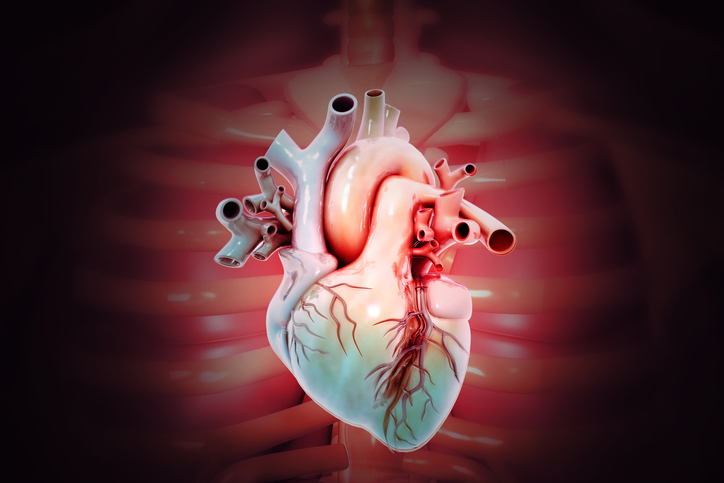
Declining function and difficultly improving conditions is common among very elderly patients who underwent transcatheter aortic valve replacement (TAVR) or surgical aortic valve replacement (SAVR) a new analysis suggests.
Researchers for the paper, publishing in JAMA Internal Medicine, sought to look at function status trajectories in the year following the cohort study included 246 patients undergoing TAVR (n-143) or SAVR (n=103) for severe aortic stenosis. A preoperative assessment was performed, and patients were categorized by deficit-accumulation fragility index (CGA-FI; ranges from 0 to 1, where higher values indicate greater fragility).
Changes in Functional Status in the Year After Aortic Valve Replacement https://t.co/abDIQGEVMd in @JAMAInternalMed – nonrandomized data here, but something worth looking into for #TAVR maybe #GRIT @saraceciliamtz ? (#mybad)
— R. Jay Widmer (@DrArgyle) February 4, 2019
Clinical trajectories were developed: excellent, good, fair, poor, and very poor. According to the results, the most common trajectory following TAVR was fair, followed by good, then poor, then excellent, then very poor. For SAVR, the most common trajectory was good, then excellent, then fair, then poor, and finally very poor. Patients with low preoperative CGA-FI levels had either excellent or good trajectories compared to fair trajectories in patients with higher CGA-FI levels.
https://twitter.com/macesari/statuses/1092663278784909312
“The findings suggest that functional decline or lack of improvement is common in older adults with severe frailty undergoing TAVR or SAVR,” the authors wrote. “Although this nonrandomized study does not allow comparison of the effectiveness between TAVR and SAVR, anticipated functional trajectories may inform patient-centered decision making and perioperative care to optimize functional outcomes.”
https://twitter.com/CITE_Group/statuses/1092670974611189760
"Delirium was the most common complication, affecting 28 of 108 (25.9%) patients in the TAVR group and 37 of 75 patients (49.3%) in the SAVR group for whom delirium data were collected."
This is not an uncommon issue. https://t.co/JqPcQG4L9h
— BHVS (@BrHeartValveSoc) February 5, 2019
Great article @shisadoctor This is coming up more and more and counseling on functional prognosis so helpful. Great to see intersection of #geriatrics #Cardiology and #palliativecare continue to evolve https://t.co/u43EfUBFHi
— Susan Nathan (@SusanNathan13) February 5, 2019
New findings suggest functional decline is common in older adults with severe frailty undergoing aortic valve replacement — article from @DaeKimMD et al. this month in @JAMAInternalMed: https://t.co/gGQlkd5xap@sharon_inouye @NIDUS_Delirium
— HELP (@ElderLifeProg) February 5, 2019
Source: JAMA Internal Medicine







 © 2025 Mashup Media, LLC, a Formedics Property. All Rights Reserved.
© 2025 Mashup Media, LLC, a Formedics Property. All Rights Reserved.